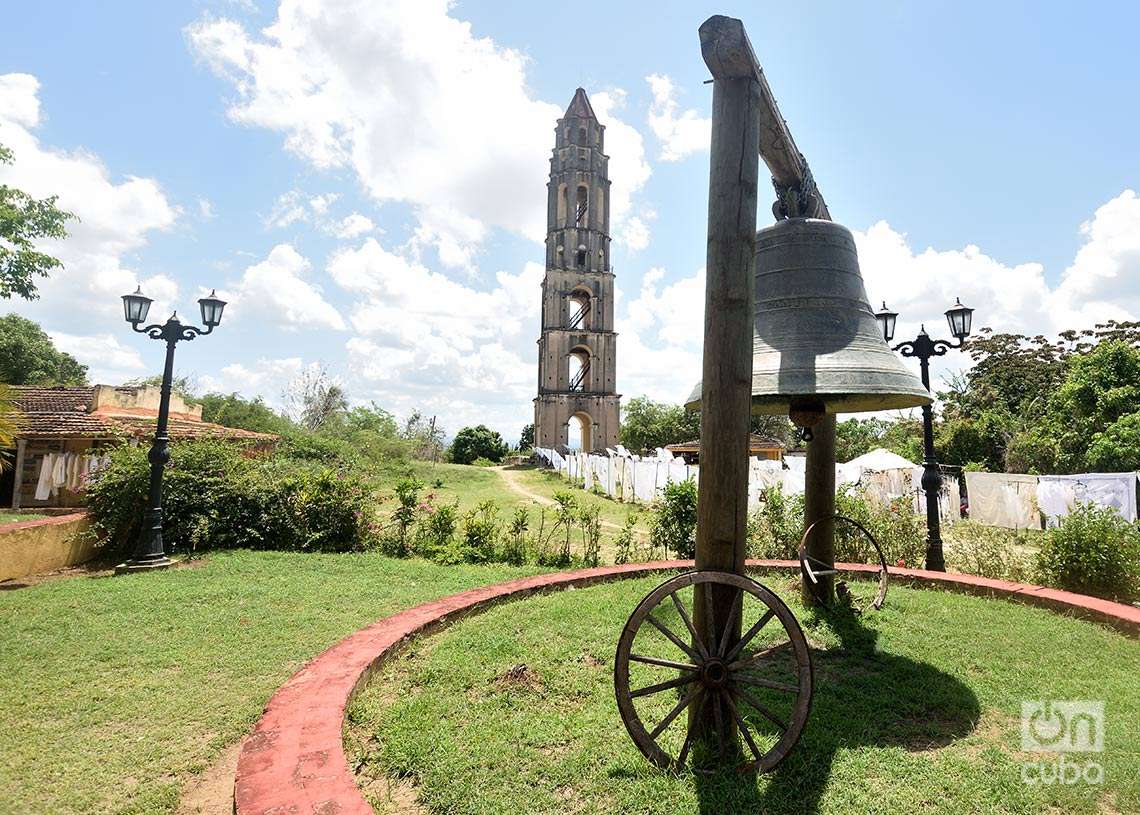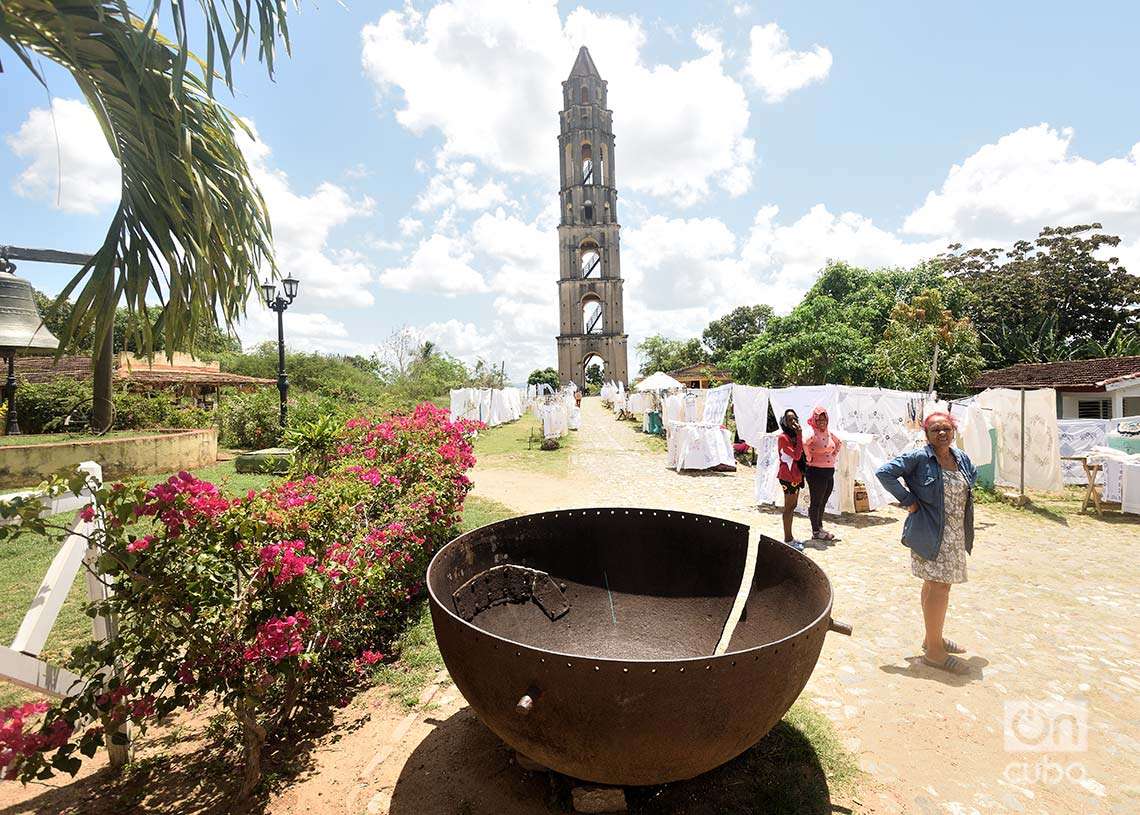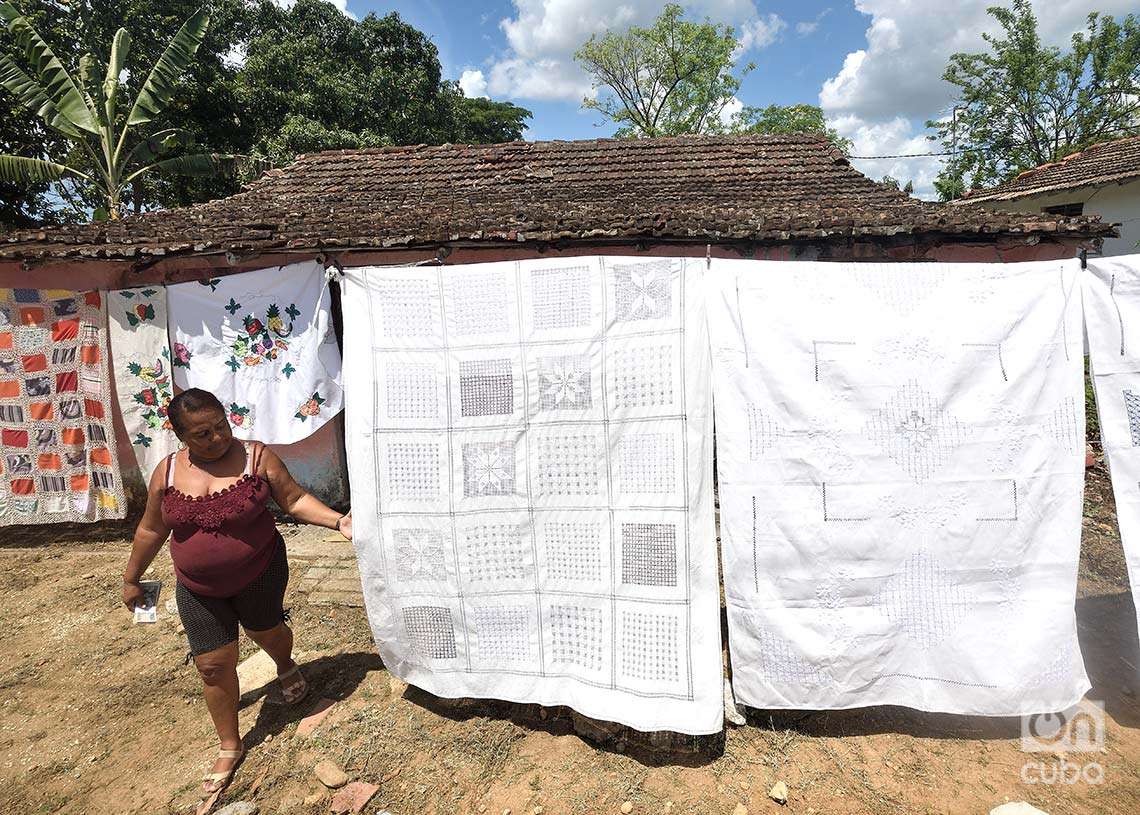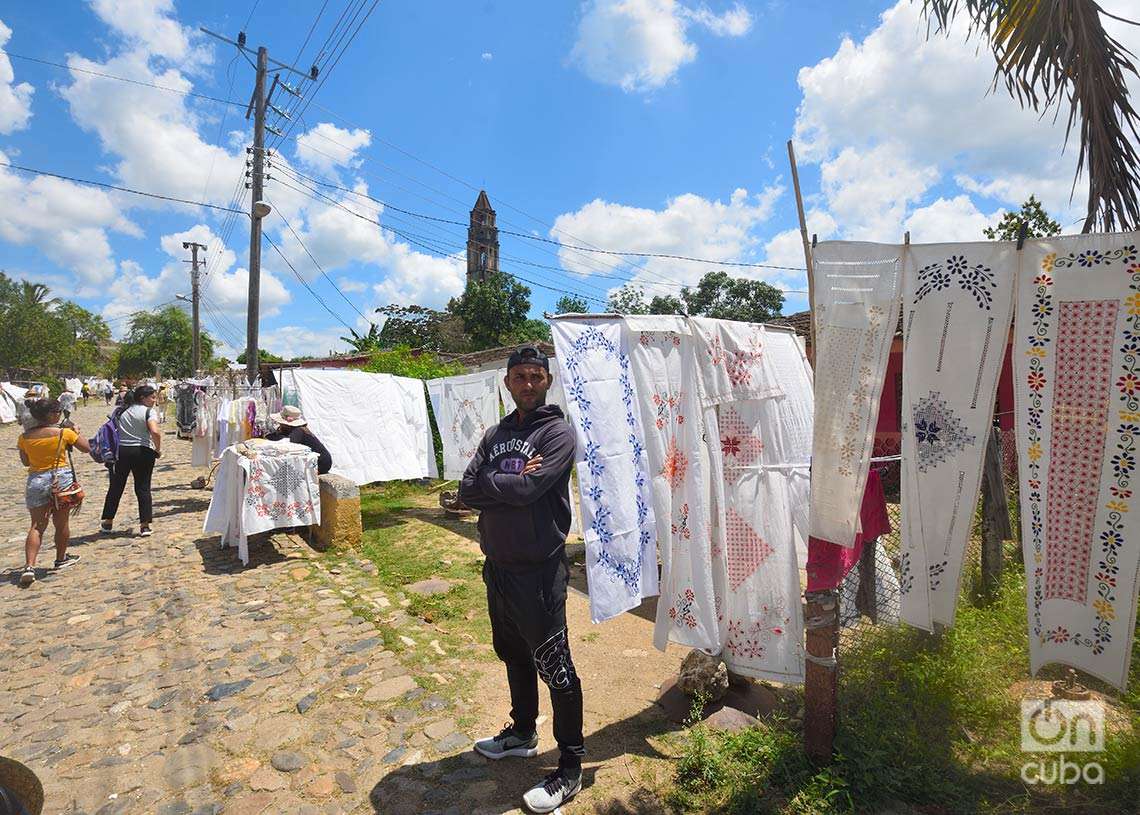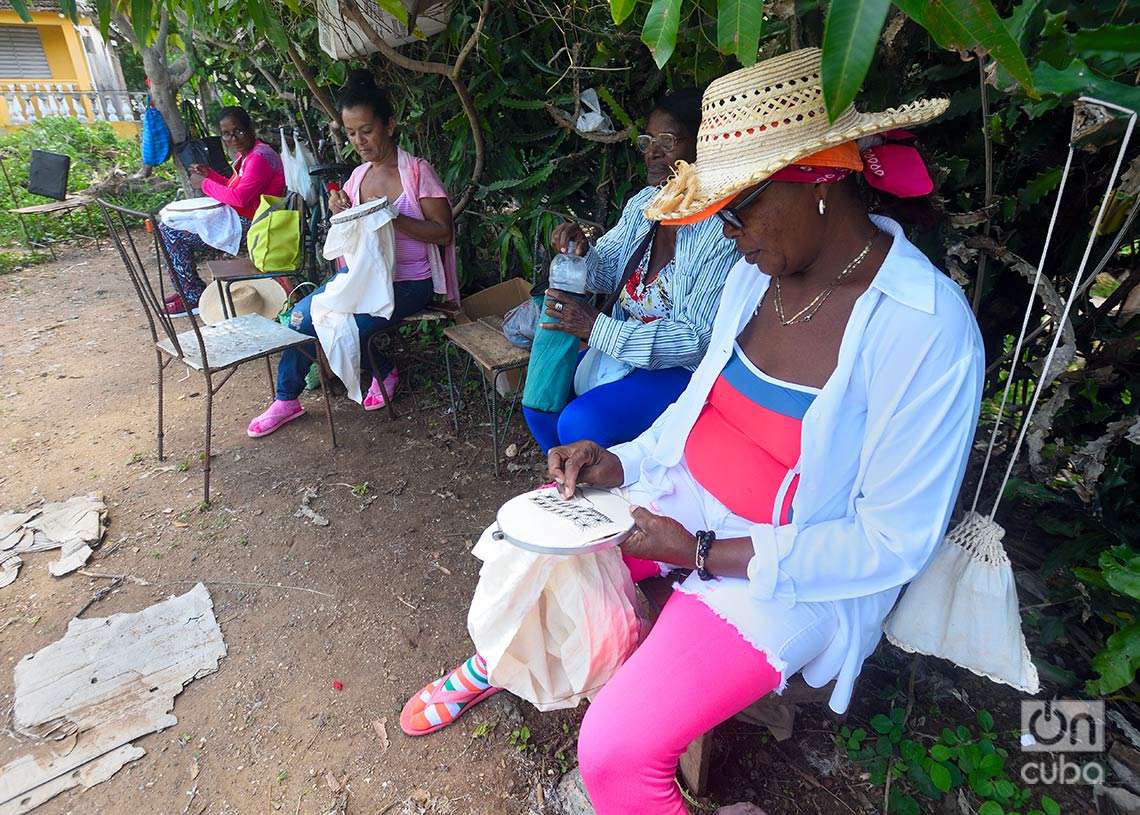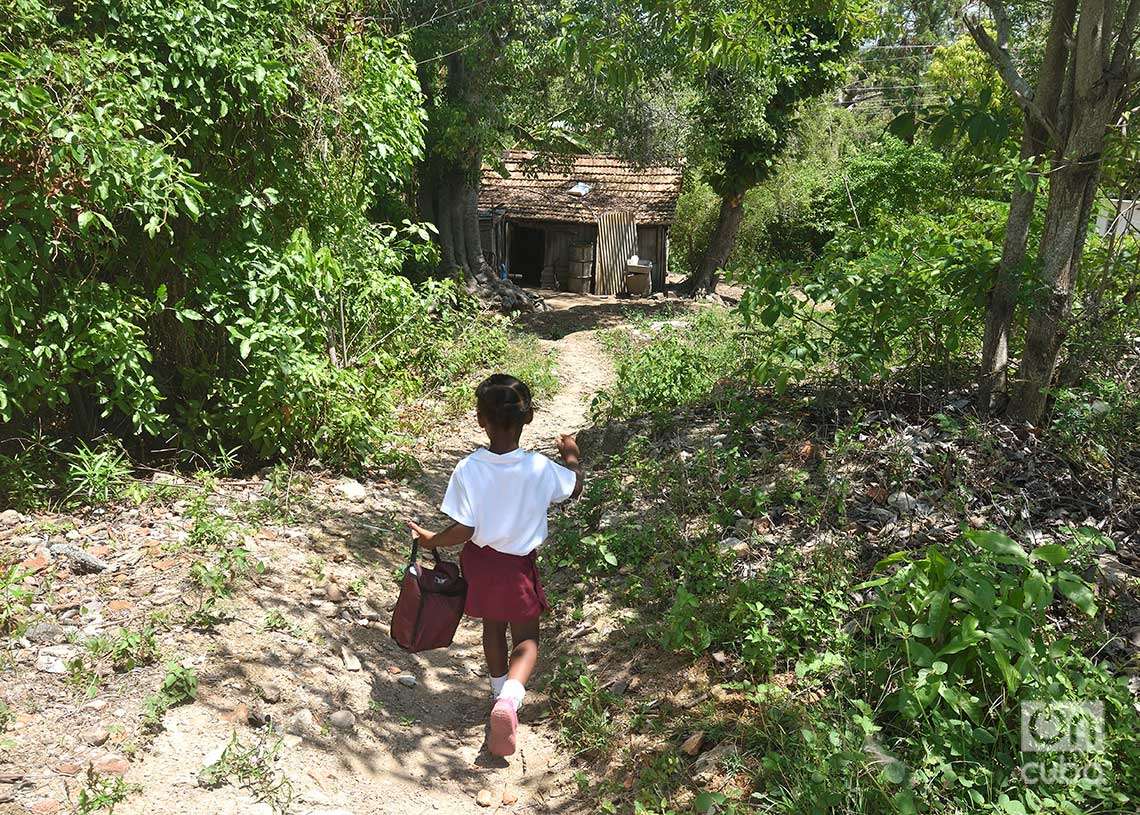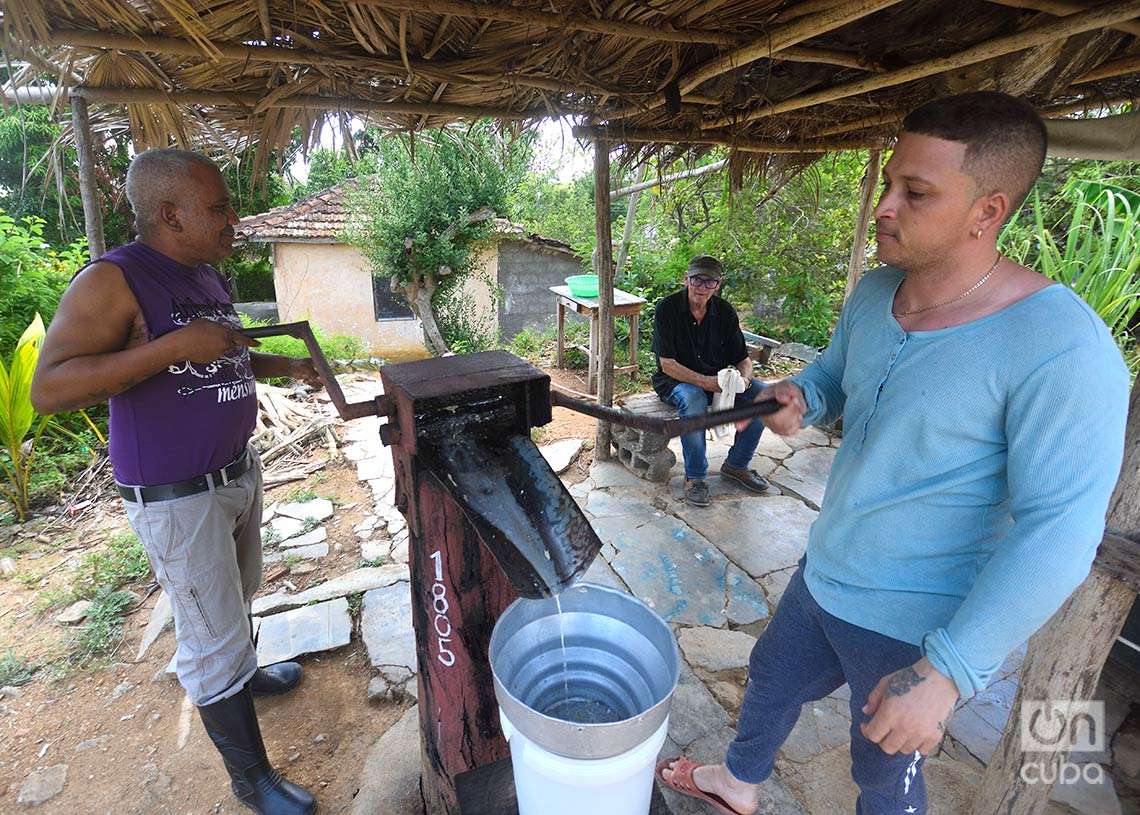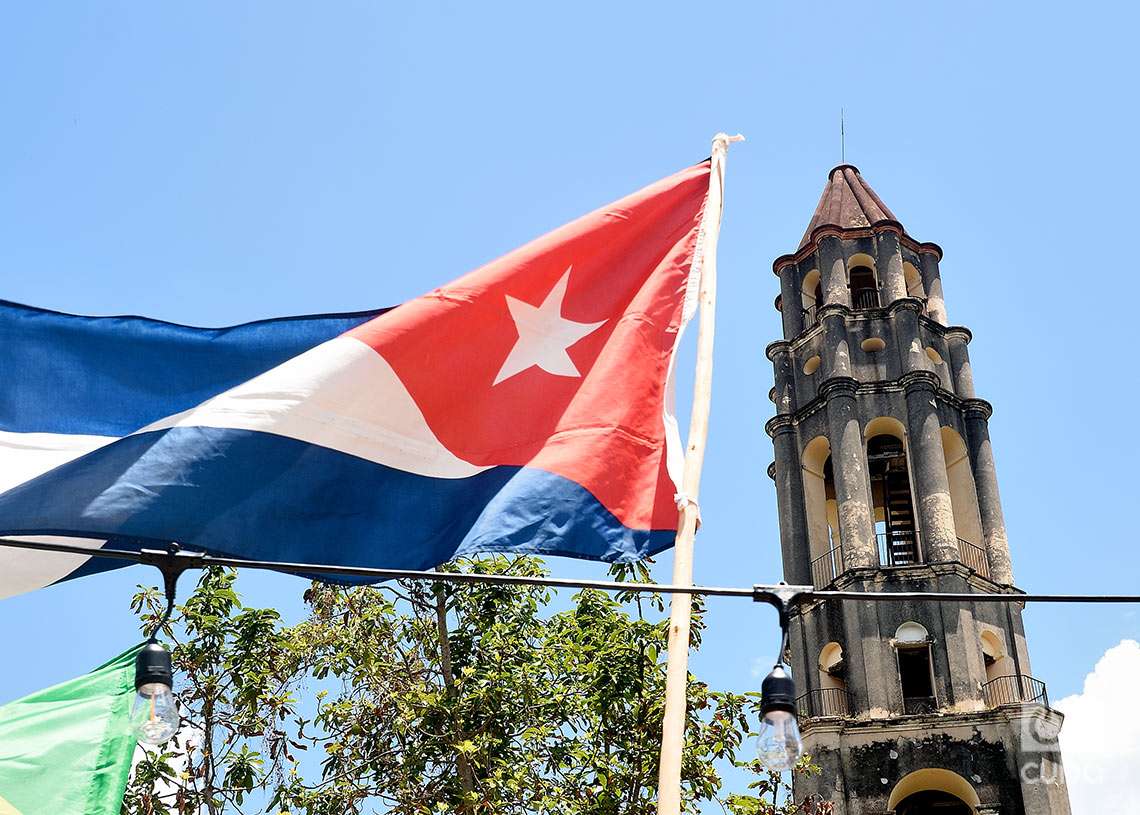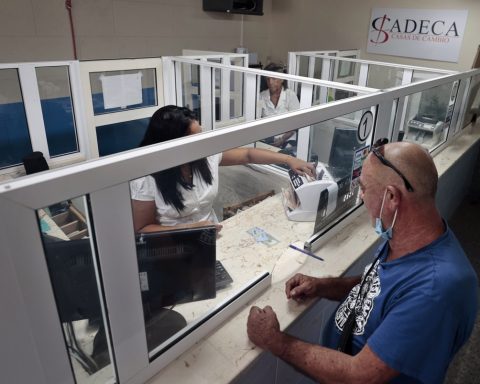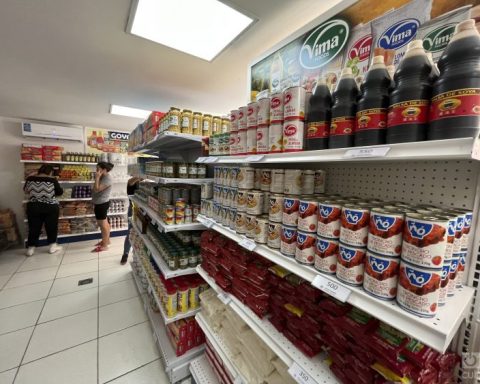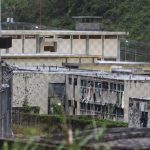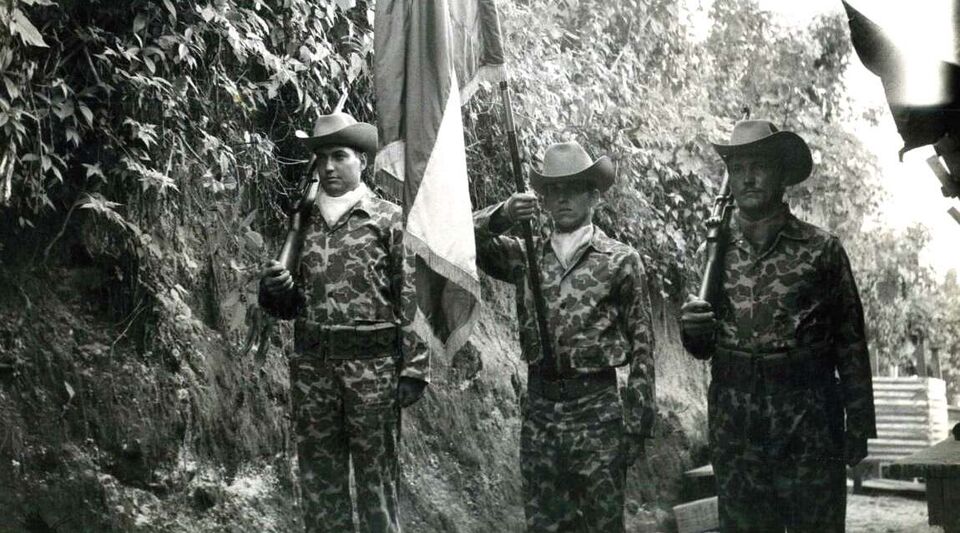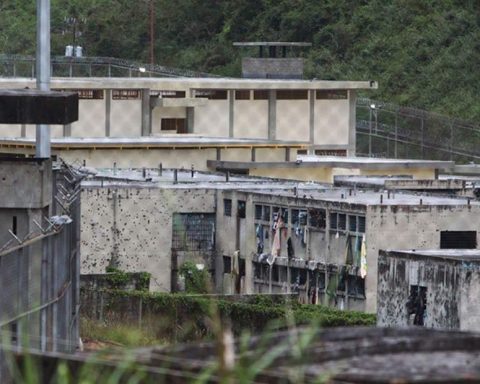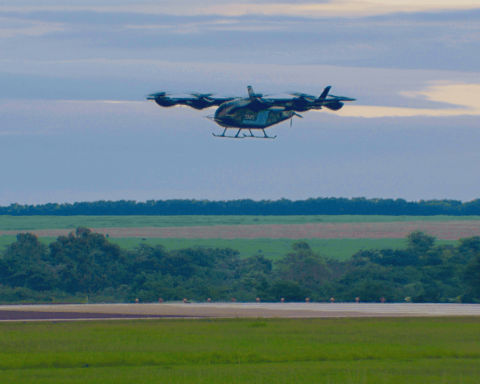About 15 kilometers from the city of Trinity stands what for many is the most famous tower in Cuba: that of the old Manaca Iznaga sugar mill.
The tower, about 45 meters high, is the jewel in the crown of one of the best-known sites in Cuban geography: the vast Valle de los Ingenios. Next to the trinitarian villagethe Valley was recognized in 1988 by Unesco as Cultural Heritage of Humanity.
Built on seven levels with the use of geometric shapes ranging from square to octagon, the Manaca Iznaga tower also stands out for a solid structure with spacious arches and an internal staircase from the base to the top.
Between 1815 and 1830 Don Alejo María del Carmen Iznaga, owner of the mill, ordered its construction. The birth of the tower is surrounded by a halo of legend.
According to what is said, its construction was the result of a bet between Alejo and his brother Pedro, who were disputing the love of a young woman. Another, darker legend, affirms that the landowner ordered the tower to be raised to lock his wife in it for having been unfaithful to him.
However, less imaginative versions attribute a more practical origin to the building: to serve as a bell tower and watchtower over the vast grounds of the mill. From it, it is assured, the plantations were monitored for possible fires, escapes and slave revolts and even incursions by bandits and pirates.
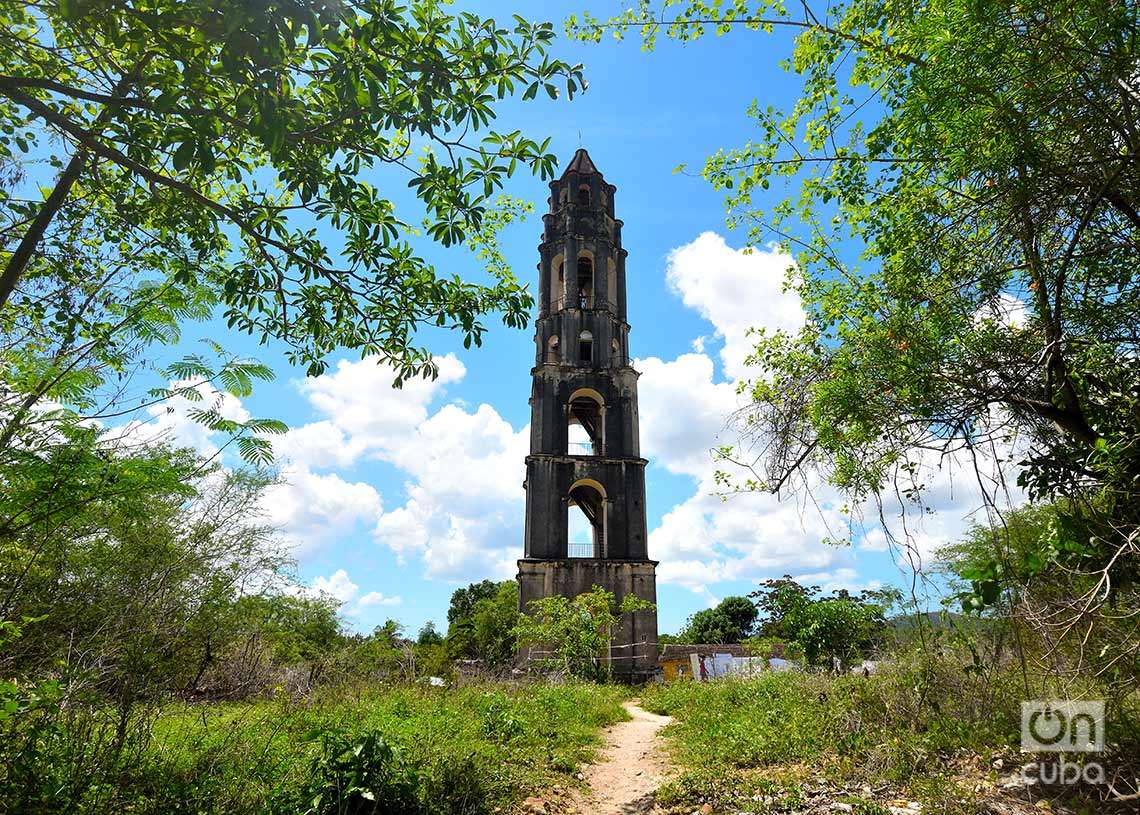
Meanwhile, their bells were used to call to prayer and marked the beginning and end of the day’s work for the slaves in the cane fields.
Two centuries later, the emblematic tower is still standing, converted into a symbol of Cuban colonial architecture and a witness to the unappealable passage of time. In all its years it has endured the siege of humans and nature, and has persevered to reach today as a promoted tourist attraction and a privileged viewpoint of the valley that surrounds it.

But Manaca Iznaga is more than its famous tower. The batey of the old mill also preserves other buildings of patrimonial value, such as the house, the farmhouse where the slaves of the endowment lived and the warehouse that served as an infirmary.
As if that were not enough, the community settled in the area is also known for its craft production. Lingerie, embroidery, weaving and working with natural fibers are traditions that retain their vitality there and are another of the attractions of the place for tourists and other visitors. One of the latter was our photojournalist Otmaro Rodríguez.
